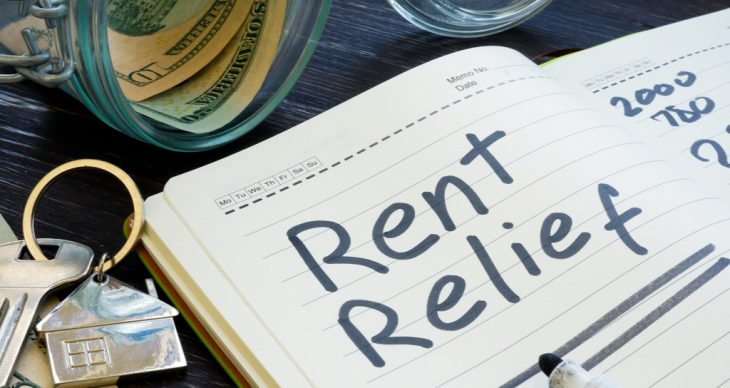If you need help with rent or other living costs, you can seek assistance from government programs. A rental assistance program can cut your monthly payment, while a utility aid program reduces your bills. Housing assistance can cover up to 70 percent of living costs. You can enroll in federal, state, and non-profit programs.
Each has different requirements, and you may need to submit an assistance application to multiple organizations. Learn more about the programs that can save you hundreds in living expenses.
The Housing Choice Voucher (HCV) program is the largest government rental assistance program. People also refer to the HCV program as ‘Section 8’ since it is the eighth section of the Housing Act of 1937. The Department of Housing and Urban Development (HUD) oversees the program, but each state administrates.
The program issues rental vouchers to qualified households to pay for a portion of their rent. The government pays the landlord directly, and the tenant pays the difference.
For example, a Section 8 tenant may only pay $500 towards a $1,100 rent. The government would pay the remaining $600 on their behalf.
Rental voucher values depend on the applicant’s household income, monthly living expenses, median living costs, and other factors. Section 8 beneficiaries can receive up to 70 percent off rent, which means they are responsible for at least 30 percent.
Basic Section 8 requirements include the following:
• Being a citizen or legal immigrant residing in the country
• Applying in the state where they live
• Meeting income requirements
Each local Public Housing Agencies (PHAs) will have income requirements that match the area’s median earnings and housing costs. Income limits and thresholds can vary from county to county.
Section 8 tenants can choose the rental apartment or house, provided it is up to government standards. The rental must meet HUD’s decent, safe, and sanitary definition. The home must pass the housing quality criteria and maintain those standards while receiving government payments.
Rental homes must participate in the program, and not all landlords accept Section 8 vouchers. However, enrollees can find Section 8 houses for rent through the HUD and local websites.
Since the demand for rental assistance is very high in some places, local PHAs may place qualified applicants on a waitlist. A PHA may also prioritize very low-income families and households with elderly or disabled family members. Families can apply to multiple local PHAs, as some may have shorter or no waitlists.
Some households may qualify for other rental assistance programs, such as veterans. Learn more about veteran-specific and other programs next.
By Admin –
